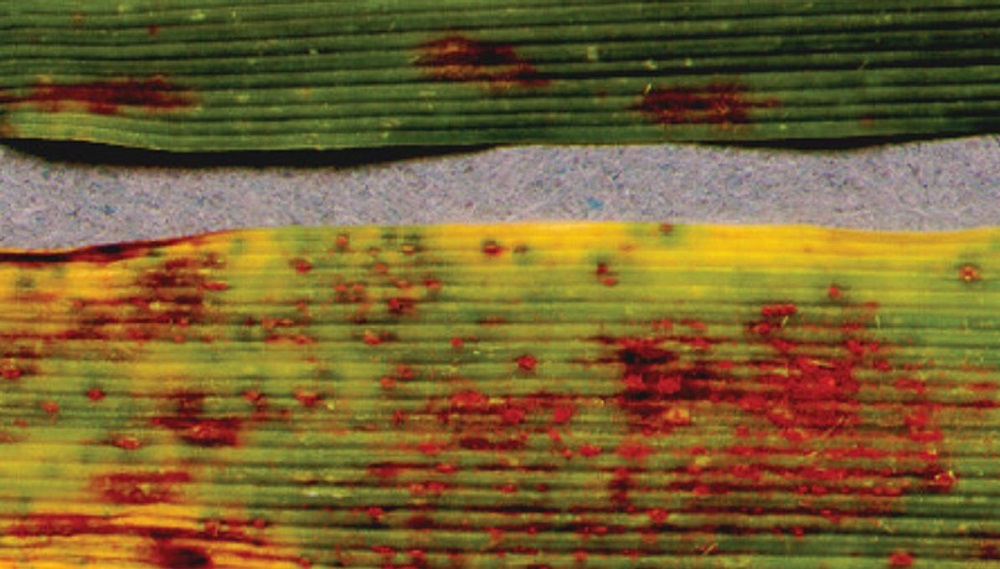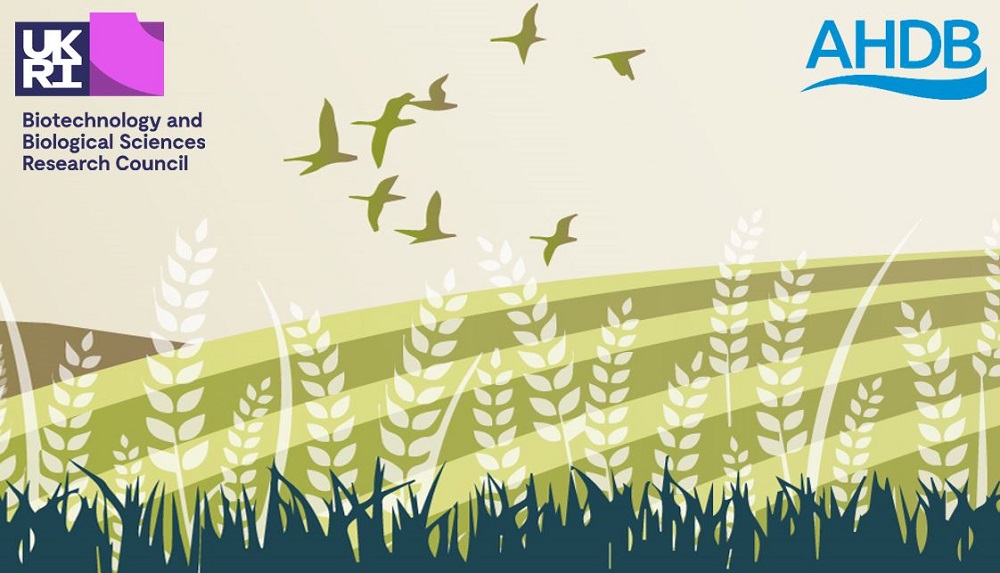- Home
- Knowledge library
- Improving crop immunity to foliar diseases by exploitation of the ubiquitin system (AHDB/BBSRC net-zero partnership)
Improving crop immunity to foliar diseases by exploitation of the ubiquitin system (AHDB/BBSRC net-zero partnership)
Summary
One of the biggest challenges of our time is to feed the growing global population. World arable land is practically at its maximum capacity, and will decrease in area in coming years due to climate change and urban development.
Therefore, the productivity of our food system must be increased to tackle world hunger and increase food security.
One exceptional strategy to achieve this goal is to reduce losses by pests.
Barley (Hordeum vulgare) is the fourth most important crop worldwide and second in the UK.
Diseases, including those caused by the brown rust pathogen Puccinia hordei, represent the largest threat to barley, causing yield losses of up to 40%.
On the AHDB Recommended Lists (RL), no spring barley variety has a resistance rating above 5 (on a 1 to 9 scale, where 9 represents high resistance), indicating only moderate resistance to P. hordei.
Efforts to reduce disease-related losses are mainly focused on development of resistant varieties and new chemicals to prevent and control pathogens.
Improving the plant’s own natural defences can alleviate disease-related losses and is a cost-effective and environmentally sustainable alternative to chemical treatments.
However, pathogens tend to mutate rapidly, overcoming these strategies and causing the rise of new virulent strains.
Understanding host-pathogen interactions is key to obtaining durable plant resistance to pathogens, and, in this regard, ubiquitination (a post-translational modification of proteins) plays a fundamental role.
Ubiquitination of regulatory immune proteins is a crucial mechanism for appropriate immune activation, regulating pathogen perception and defense responses.
Its central regulatory roles makes ubiquitination a potential mechanism to enhance crop resistance to pests.
Here, the immune-induced substrates in barley upon activation of the immune response by the plant hormone salycilic acid (SA) and jasmonic acid (JA) was studied.
By using SA and JA, the immune activation of biotrophic and necrotrophic pathogens was mimicked and isolated without the interference of the pathogen and their effectors.
In addition, the ubiquitin-dependent immune activation on winter and spring barley cultivars infected with the fungal pathogen P. hordei in field conditions was studied, correlating ubiquitination and the level of resistance of each cultivar to decipher the key ubiquitin regulated immune targets associated with resistance to puccinia.
Results showed a correlation between the level of accumulation of ubiquitin targets and the expression of immune genes in response to treatment with SA and JA under control conditions, finding a positive feedback between both pathways.
However, this correlation was not observed under field trial conditions. Instead, the analysis of the barley cultivars infected with puccinia in a field trial showed a better correlation between the accumulation of the ubiquitinated proteins and their resistance level.
Results suggest that:
- In response to SA and JA, there is a clear connection between ubiquitination and induction of immune genes. Nevertheless, environmental conditions affect transcriptional activation of immune genes, and, therefore
- The overall level of accumulation of ubiquitination is a better marker to determine the level of resistance of commercial cultivars than the expression of specific genes
Characterising the activation of the ubiquitin pathway will provide a potential fast test to predict the level of resistance of new cultivars to rust, but also for assessing the prevalence of the immune response during breeding programs, where yield is the main selective character, in many cases jeopardising pathogen resistance.
AHDB/BBSRC net-zero partnership
*This project was part of an AHDB/BBSRC partnership that aimed to support the agricultural transition to net zero. Project costs were met through BBSRC’s Farm Sustainability Fund. The partnership supported ten projects that addressed priorities identified by farmers, including ways to cut greenhouse gas emissions and increase carbon storage.



